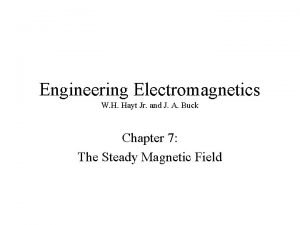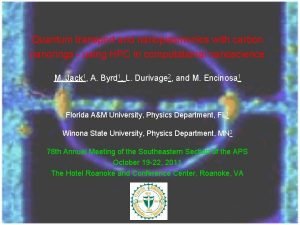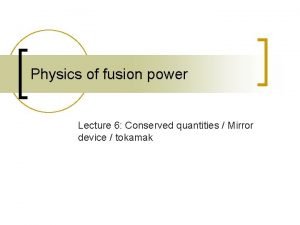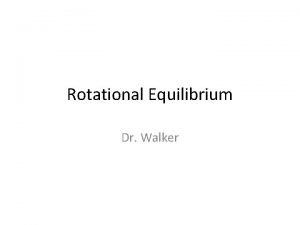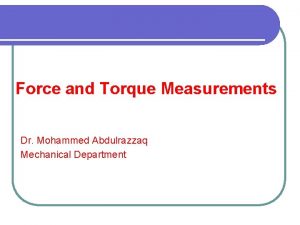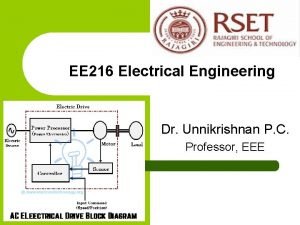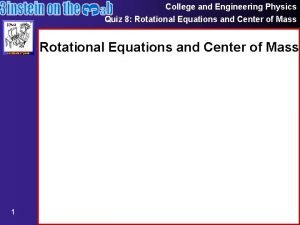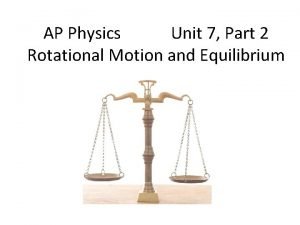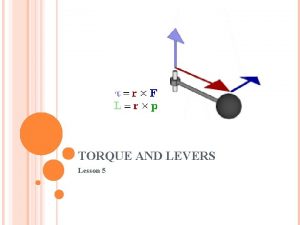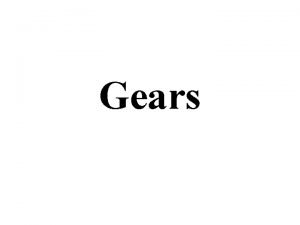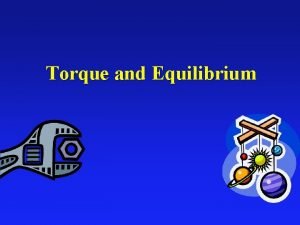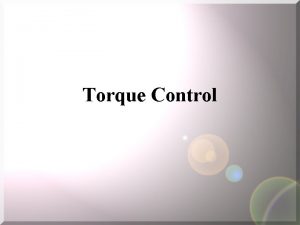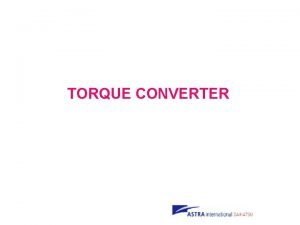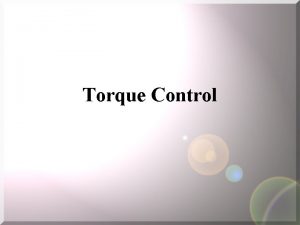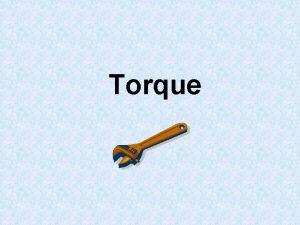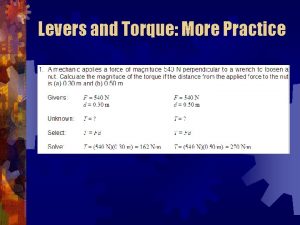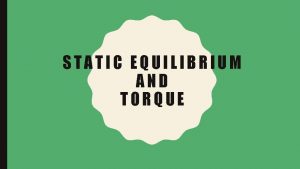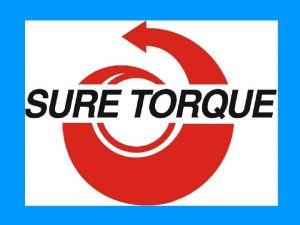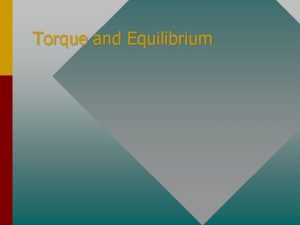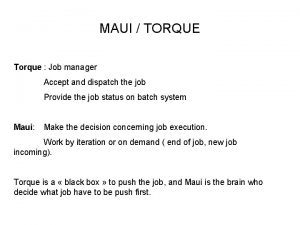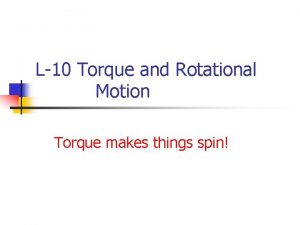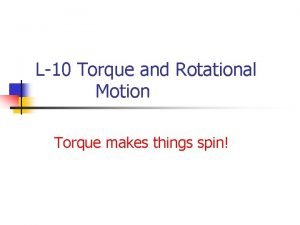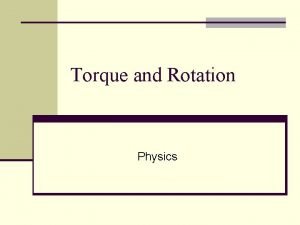TH6 2 Role of external torque and toroidal















- Slides: 15

TH/6 -2 Role of external torque and toroidal momentum transport in the dynamics of heat transport in internal transport barriers Hogun Jhang[1], S. S. Kim[1], S. Tokunaga[1], P. H. Diamond[1, 2] [1] WCI Center for Fusion Theory, National Fusion Research Institute (NFRI), Rep. of Korea [2] CMTFO and CASS, Univ. of California, San Diego, USA IAEA Fusion Energy Conference 2012, 8 -13 Oct. , San Diego, USA 1

Motivating issues l Advanced tokamak (AT) operation in ITER requires enhanced core confinement (ITB or reduced profile stiffness) – Most ion ITBs obtained in high-torque environment with strong NBI [Austin et. al. , Po. P, 2006] or with intrinsic rotation without external momentum input [Fiore et. al. , NF, 2010] – Recent JET experiments highlight the combined role of flat q and rotation in profile de-stiffening [Mantica et. al. , PRL, 2011] Weak rotation (i. e. low torque) in ITER/reactors Physics of ITB formation/de-stiffening in low-torque and intrinsicexternal torque interaction l Coupling of momentum and heat transport – ITB formation/sustainment by ▽V|| contribution to Ex. B [Kim, NF, 2011] – Correlation between heat and momentum flux PDFs [Ku et. al. , NF, 2012] Role of momentum transport in barrier dynamics? 2

Contents A. Role of external torque and toroidal momentum transport in ITB dynamics B. *Profile de-stiffening by external torque 3

Role of external torque and Reynolds stress in ITB dynamics l External-intrinsic torque interaction can either facilitate or hamper ITB formation [Jhang et. al. Po. P, 2012] Ø Intrinsic torque must be taken into account in barrier dynamics. Ø External torque can be used as a control knob. l Parallel shear flow instability (PSFI) is an important hidden player in ITB dynamics [Kim et. al. , Po. P, 2012] Ø ▽V|| contribution to E×B shear plays a key role in ITB formation/sustainment. [Fiore et. al. , NF 2010, Kim et. al. , NF 2011, Jhang et. al. , JKPS, 2012] Ø PSFI and ensuing Reynolds stress change may trigger ITB formation and back transition by re-distribution of toroidal momentum [Kim et. al. , Po. P, 2012] l Aspects of avalanching heat transport change depending on the degree of turbulence suppression [Tokunaga et. al. , Po. P 2012] Ø Weak barrier: quasi-periodic oscillations due to relaxations of ZF Ø Strong barrier: intermittent, 1/f-type heat avalanches become dominant 4

Profile stiffness and de-stiffening l Profile stiffness: tendency of profiles to stay close to marginal stability Ø Critical Gradient Model (CGM) [Imbeaux & Garbet, PPCF, 2002, Garbet et. al. , PPCF 2004] Q a Ø a and kc are determined by microscopic dynamics (R/T)(d. T/dr) kc l Ion temperature profile de-stiffening by combined effects of flat q-profile and rotation [Mantica et. al. , PRL 2011] Ø Implication to ITER: difficult to get de-stiffening due to lack of core rotation! Ø Physics leading to de-stiffening has not been fully explored - role of flat q - rotation vs. torque 5

Computational model l Global gyrofluid simulations performed using the revised TRB code [Garbet et. al. , Po. P 2001, Kim et. al. , NF 2011] ü Three field model: vorticity, parallel flow, pressure with heat & momentum sources electrostatic ITG turbulence self-consistently ü Flux-driven, self-consistently evolving ion temperature/flow profiles ü Fix q-profile (monotonic) & electron density and temperature profiles, ü Only resonant modes are retained not an issue in monotonic q-profile ü No-slip boundary condition on V|| 6

De-stiffening happens when torque is applied l A set of TRB simulations performed varying strength of heat and momentum sources l De-stiffening happens! The key parameter determining the degree of destiffening is [Jhang et. al. Po. P, 2012] l Restoration of profile stiffness beyond some critical Profile re-stiffening 7

Confinement improvement correlated with ZF shearing l When , E×B shearing rate (w. E×B) closely follows ZF shearing rate (g. ZF), rather than ▽V|| contribution to w. E×B! ü De-stiffening may come from the increase of g. ZF! Suggests a clue for possible new interpretation of profile de-stiffening phenomena? Pin=1. 00 8

Increase of poloidal Reynolds stress correlated with l Increase of ZF shearing rate comes from increase of poloidal Reynolds stress, resulting in the increase of total g. E when text increases. likely due to simultaneous increase of (link between parallel and perpendicular dynamics via potential vorticity flux? ) Adiabaticity Taylor identity -Prq Pin=1. 00 9

How parallel dynamics couple to ZF? l Drift wave - ion acoustic wave coupling can generate ZF [Wang et. al. , PPCF 2012, Charlton et. al. , Po. P, 1994] Kosuga et. al. , TH/P 7 -02, Friday Morning ZF can be generated even without PE flux and driving term Converts parallel compression into perpendicular flow Saturated ZF level increases l Dynamical pathway from external torque to ZF shearing text↑ ↑ l Becomes effective in flat q or RS cases where k|| effect is non-negligible new mechanism leading to de-stiffening in low rotation! l ITG ↔ ion acoustic coupling underway 10

Re-stiffening likely comes from PSFI l Beyond critical , poloidal Reynolds stress. confinement degrades in spite of big jump of l Parallel velocity fluctuations burst when Ø Onset of PSFI is responsible for re-stiffening existence of optimum torque for a given power [Parra et. al. , PRL 2011, Highcock et. al. , PRL 2010]. Ø Ultimate limitation of confinement improvement driven by strong NBI torque -Prq confinement degradation beyond threshold torque 11

Conclusions and future directions l Momentum transport is strongly coupled to heat transport in enhanced core confinement regimes. l Suggest a new mechanism for profile de-stiffening and re-stiffening when external torque is applied. 0<q<qc parallel compression perpendicular flow de-stiffening q>qc PSFI confinement degradation and re-stiffening Ø Possibility leading to de-stiffening in low rotation (esp. in flat q/RS) Ø Ultimate limitation of torque-driven de-stiffening existence of optimal torque Fully non-linear consideration (e. g. ZF) is necessary to understand de-stiffening physics l Future directions: Ø Further study of parallel-perpendicular coupling, esp. in flat-q and RS configurations. Ø Coupling between momentum and heat transport in SS ITBs or de-stiffened states Ø De-stiffening in other transport channels: density (TEM, Pinch), Te etc. 12

Back-Up 13

External-intrinsic torque interaction affects ITB formation l Two-field (pressure, toroidal velocity) model with heat and momentum sources: Residual stress intrinsic rotation [Gurcan et. al. , Po. P, 2007] l plays a role of control parameter governing transport bifurcation Ø Positive torque: bifurcation at lower heat flux with stronger ITB (facilitate ITB formation) Ø Negative torque: bifurcation at higher heat flux with weaker ITB (hamper ITB formation) 14

Parallel shear flow instability strongly coupled to ITB dynamics l ▽V|| contribution to E×B shear dominant in ITB formation/sustainment. [Fiore et. al. , NF 2010, Kim et. al. , NF 2011, Jhang et. al. , JKPS, 2012] l Parallel shear flow instability (PSFI) found to be a likely hidden play in ITB dynamics by re-distribution of toroidal momentum (hence E×B shear). ITB formation [Kim et. al. , Po. P 2012] 15 Back transition [Kim et. al. , NF 2011]
 Magnetic field in a closed loop
Magnetic field in a closed loop Toroidal vortex cannon
Toroidal vortex cannon Toroidal moment
Toroidal moment Outward power coils
Outward power coils Worker role azure
Worker role azure External-external trips
External-external trips Krappmann role taking
Krappmann role taking Role conflict occurs when fulfilling the role expectations
Role conflict occurs when fulfilling the role expectations What is the difference between torque and force
What is the difference between torque and force Rotational inertia and torque
Rotational inertia and torque Force and torque measurements
Force and torque measurements Torque and slip relation
Torque and slip relation Physics equations quiz
Physics equations quiz Ap physics 1 unit 7 mcq
Ap physics 1 unit 7 mcq Torque and levers
Torque and levers What is the gear ratio?
What is the gear ratio?
